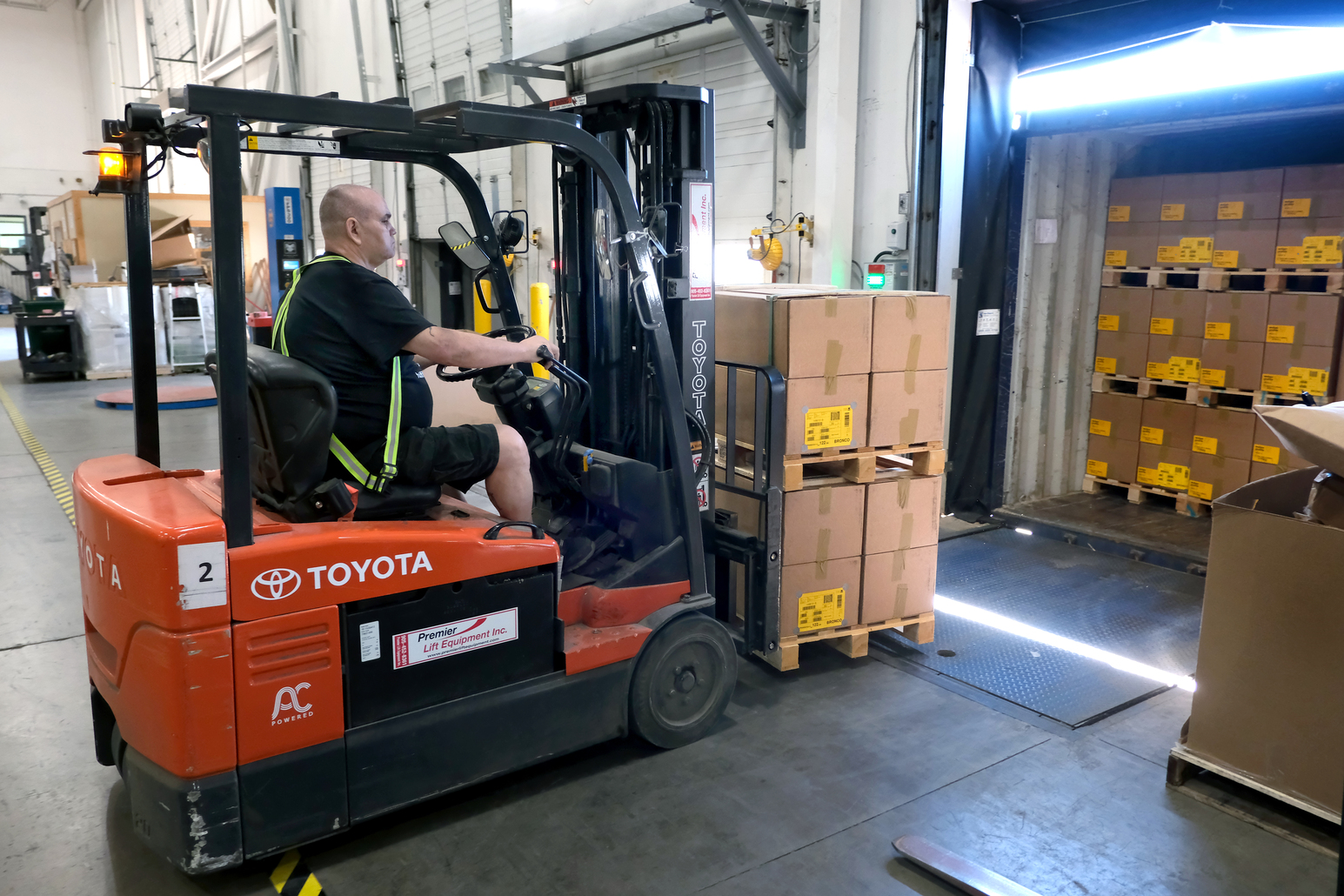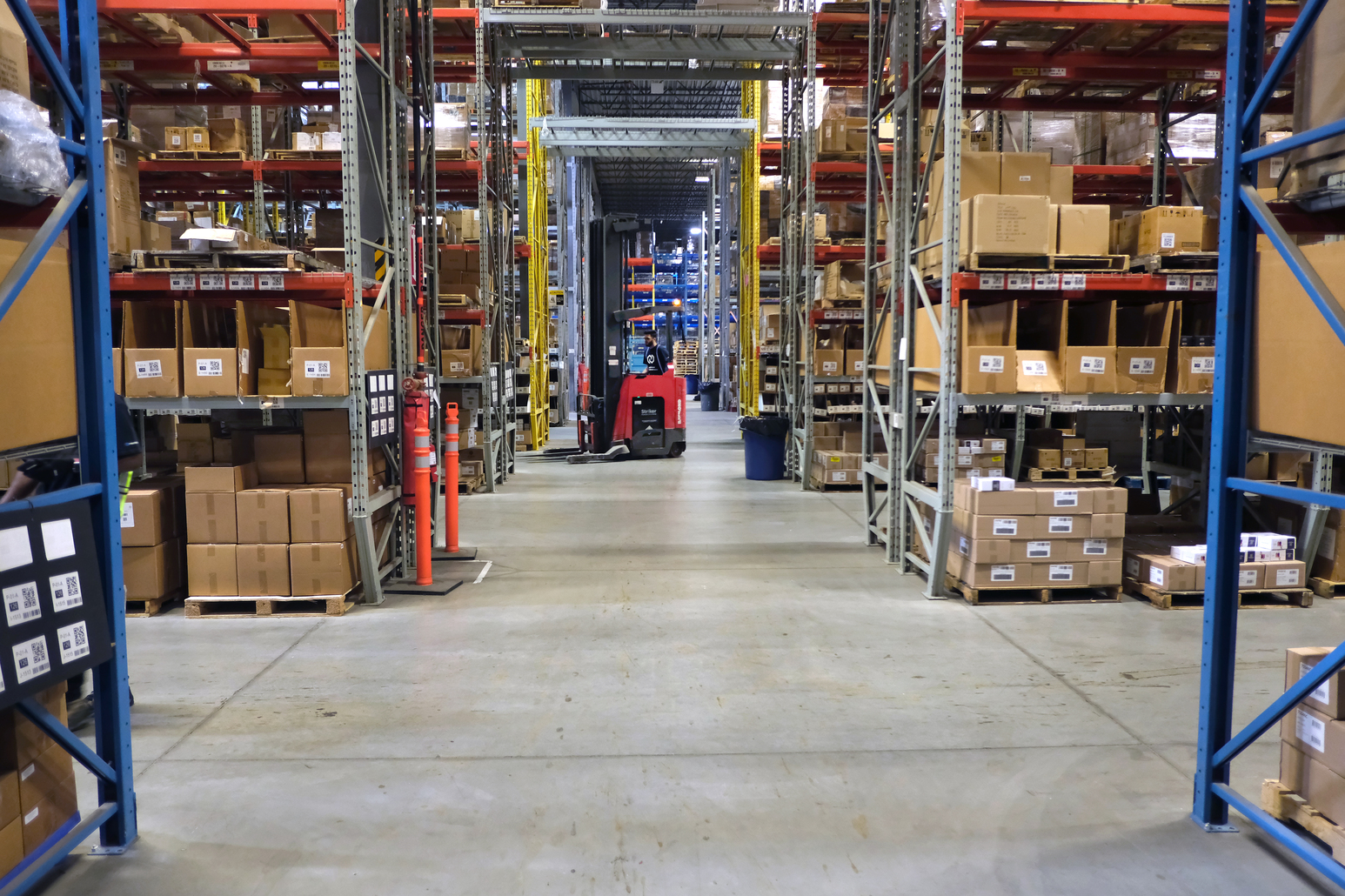The moment that a company becomes an importer, they also become a ‘client’ of the Canada Border Services Agency (CBSA). In other words, the importer must comply with all customs regulations including valuation, classification and payment of duties or taxes on their imported products. Failure to comply with the many regulations may subject an importer to an AMPS (Administrative Monetary Penalty System) penalty.
In January of 2015, the CBSA released an amended D-Memoranda (D22-1-1) outlining changes in the assessment of AMPS penalties for importers and exporters. It should be noted that the penalties are not designed to be punitive as much as they are for remedial purposes. In theory, an importer or exporter that has been found non-compliant has the opportunity to implement corrective measures for future imports.
Highlights of the Changes
The amount of AMPS penalties can range from $150.00 up to $25,000.00. Each time that an infringement of compliance is found, the penalty increases accordingly. Repeat offenders are also under closer security for future imports which can cause delays in shipments through customs examinations prior to cargo release, among other measures. In order to maintain fairness to multi-corporate enterprises and ease the burden of appeal:
1.) Each company that maintains a current Canadian Business Number or import account is treated as an individual importer regardless of the fact that they may be a division of another company. In this way, an infraction committed by one division will not reflect negatively on another division under the same corporate umbrella. This eliminates the chance of compliant importers suffering graduated penalties that may be based on a ‘sister’ company maintaining their own Business Number, but a with poor performance record.
2.) The length of time to challenge a decision of an NPA (Notice of Penalty Assessment) has been extended from 30 days to 90 days based on the date of issuance. The additional time allows importers to carefully consider if in fact the NPA was wrongly issued under subsection 127.1 of the Customs Act or determine that they may in fact have contravened. It should also reduce the number of importer requests for corrections for those who will automatically pursue a review because they do not feel they have sufficient time to investigate in 30 days.
3.) Administratively, all requests for review are now centralized at the CBSA Recourse Directorate in Ottawa rather than the CBSA office who initiated the NPA.
4.) The previously known ‘Penalty Reduction Agreement’ is now known as the ‘Penalty Re-Investment Agreement’. This allows for a partial or full reduction of a penalty as long as the importer/exporter invests the reduced amount into correcting patterned problems that may cause reporting errors. This collaboration between the CBSA and the offender identifies the source of the problem, sets out remedies to correct the problem and the allowable time to do so.
Non-Compliance Avoidance
There are some 300 possibilities of attracting an NPA but for importers, the three most important elements that will for the most part, avoid the most common infractions are:
- Valuation – Ensure that the declared value for duty is based on ‘transaction value’. Usually, this is the same as the cost of the product but it also deals with freight costs, royalties and commissions among other things.
- HS Classification – Ensure that the products are classified properly. The majority of imports from the US are duty free however that does not mean that any arbitrary classification can be used. The purpose of the HS system is to gain statistical insight on products being imported and exported. If a product is declared under a wrong HS number, the importer can still be assessed a penalty.
- Country of Origin – Obviously, NAFTA is the most prominent free-trade agreement that Canada has but that does not mean that all products purchased in the US, qualify. As newer agreements are reached such as the recently implemented Canada/Korea agreement, it is essential that the COO of products is based on the rules of interpretation.
If an importer is uncertain of any of the above they should contact their local CBSA office or their customs broker who likely has more familiarity with an importer’s product line. Gray areas do exist but the CBSA welcomes requests for HS and valuation rulings in order to ensure future compliance.
A solid reputation for compliance will most likely see shipments arriving with minimal delay. Don’t forget that the CBSA has the liberty to perform random examinations of any shipment at any time.
Mantoria has been providing Canadian customs brokerage services for importers across the country. Certified customs brokers and special consultants are on staff to help you achieve a 100% compliance status. If you receive an NPA, let us know and we can solve the issue together.



